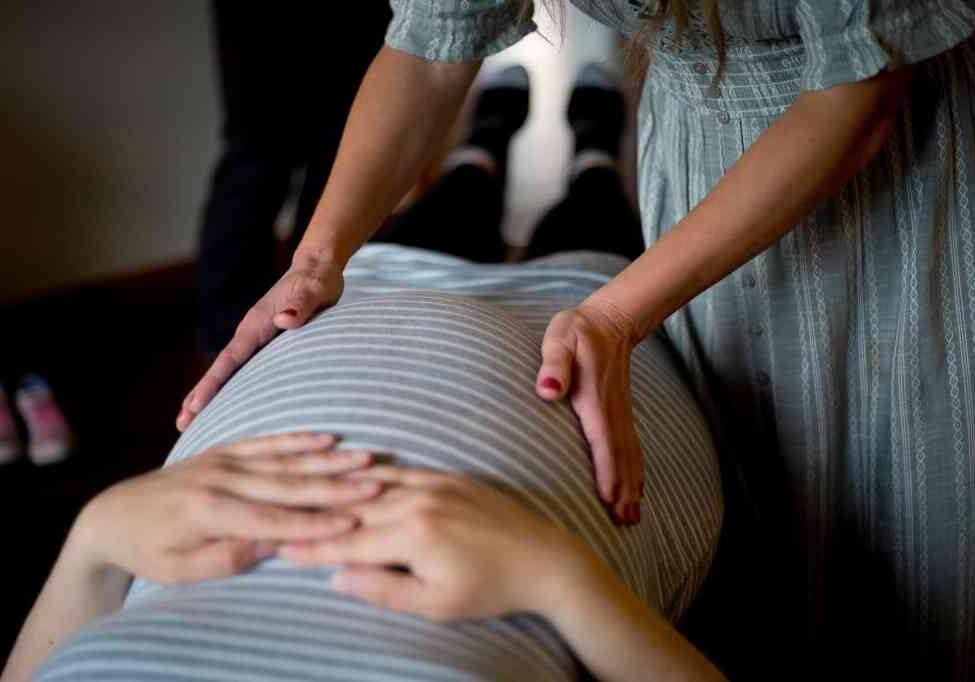Head Down Positioning

Head down positioning.
As you prepare for birth and your estimated due date draws near, it is well known that it is best for your baby to be in the “head down” (vertex) position by approximately 34-36 weeks.
There are a variety of “head down” presentations — what do they each mean and how can you optimize your body to allow for the most easeful, safest birth?
The most common descriptions of head-down baby positions in utero are called occiput anterior (OA) & occiput posterior (OP).
Occiput anterior means the back of the baby’s head (the occiput) is facing anterior (toward the front of mother’s pelvis/pubic bone).
Occiput posterior means the baby’s occiput (back of their head) is facing posterior (toward the mother’s sacrum/tailbone).
OA is considered much more desirable than OP.
The OA position is tailored more for the natural progression and descent of baby through the birth canal because it is easier for the baby’s back to curl and chin to tuck as he or she travels through the pelvis.
When a baby is in OP position, mothers will often experience dystocia — longer labor times, more interventions, perineal tearing and “back labor” — or pain in the lower back and tailbone area. OP is also known as sunny-side up presentation. In the sunny-side up position, the baby’s back is extended along mom’s spine and baby’s chin is lifted, making the head seem larger as it enters the pelvis. This position can also cause more injury to the baby’s head and spine, leading to more challenges postpartum.
Variations of OA and OP are right occiput anterior (ROA), left occiput anterior (LOA), right occiput posterior (ROP), and left occiput posterior (LOP). These simply mean that baby is angled more to the right or left in primarily the OA or OP positions. LOA or ROA are commonly agreed upon by birth professionals to be the most ideal positions for birth, meaning baby can have the most natural decent and rotation of their torso through the birth canal, while protecting their head & neck with their chin tucked in.
If you are thinking pre-conceptively or you are in your 1st/2nd trimesters, there are choices you can make now to optimize the likelihood that your baby will present LOA or ROA. If you are finding out from your birth provider at 34+ weeks that your baby is OP or breech, take a deep breath. You still have time to help encourage baby to assume the best position. Prenatal chiropractic care is absolutely ESSENTIAL when it comes to baby positioning and preparing for birth.
All of the doctors at Pure Light Family Chiropractic are certified in the well-known Webster Technique for pregnancy care by the International Chiropractic Pediatric Association (@icpa4kids). This specific chiropractic analysis and adjustment for pregnant mothers reduces interference to the nervous system and balances pelvic muscles and ligaments. This adjustment optimizes uterine function and allows for a safer, easier birth for mom and baby. It is a gentle method of adjusting mom’s pelvis in order to reduce uterine constraint and allow the baby to move freely into the best position possible for birth.
Simply stated, a balanced pelvis allows for a baby to assume an optimal position, allowing for a safer and more easeful labor and delivery.
Throughout prenatal care at Pure Light, all of the doctors love to be a guide and encourage expecting mothers to make healthy choices. The doctors recommend personalized care plans and home exercises to encourage optimal positioning and love to collaborate with other birth professionals in our community to support mothers during this heroic time in life.
Questions?
